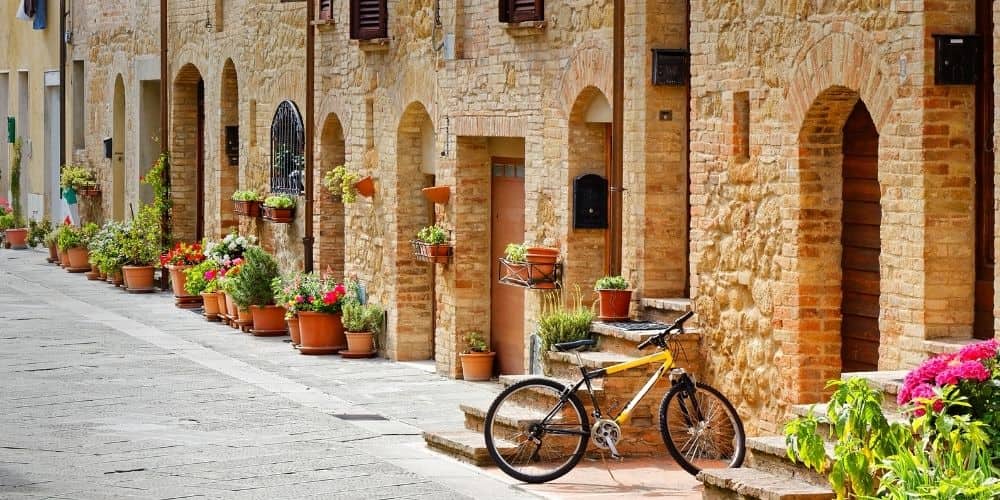The historic centre of Pienza, like the Val d'Orcia that welcomes it, has been a Unesco heritage site since 1996, and it could not be otherwise, since Pienza is the "ideal" Renaissance city commissioned by Pope Pius II. The most important monuments of the city, reworked between 1459 and 1462, are located in the square of the same name. The background is Mount Amiata and the characteristic vegetati
Pienza: the ideal city
Built on a hill overlooking the Val d'Orcia, south of the province of Siena, Pienza is the most important example of an 'Ideal City' of the Renaissance. Before 1459, Pienza was a small village called Corsignano, and it was here that Aeneas Silvius Piccolomini, later Pope Pius II, was born. It was the Pope himself who entrusted the metamorphosis of his native village to the architect Bernardo Rossellino, who in a few years transformed it into a Renaissance town while preserving the underlying medieval fabric. The historic centre of Pienza, a UNESCO World Heritage Site since 1996, is mostly enclosed in Piazza Pio II, which also houses the most prestigious monuments such as the three-nave cathedral with its Renaissance façade and Germanic-inspired late Gothic interior, Palazzo Piccolomini, the Pope's summer residence, the Palazzo Comunale and the Palazzo Arcivescovile, and the 15th-century well in the centre of the square.

Pienza: nature, poetry and tastings

Pienza "Born from a thought of love and a dream of beauty", as Pascoli wrote, is a magical and evocative place overlooking the Val d'Orcia. Palazzo Piccolomini in Piazza Pio II was chosen by the great director Zeffirelli to frame the first meeting between Romeo and Juliet in his film. Take a stroll through Pienza and lose yourself among the small shops selling local crafts, such as ceramics, some of which are housed in caves dug out of the tufa rock dating back to the year 1000. Then take a pleasant break in one of the many wine cellars to taste a good glass of wine and the famous Pienza pecorino cheese, whose distinctive flavour comes from the wild herbs that the sheep graze on the clayey pastures of the surrounding countryside. Then return to the path and stop to admire the lovely landscape.
Historic Centre of the City of Pienza: Unesco criterium

Since 1996, the historic centre of Pienza has been on the World Heritage List for cultural reasons because it represents the first application of the humanistic Renaissance conception of town planning and occupies a decisive position in the development of the conception of the 'ideal city' project and is a masterpiece of human creative genius; it constitutes an extraordinary example of an architectural ensemble and also shows an important interchange of human values.



